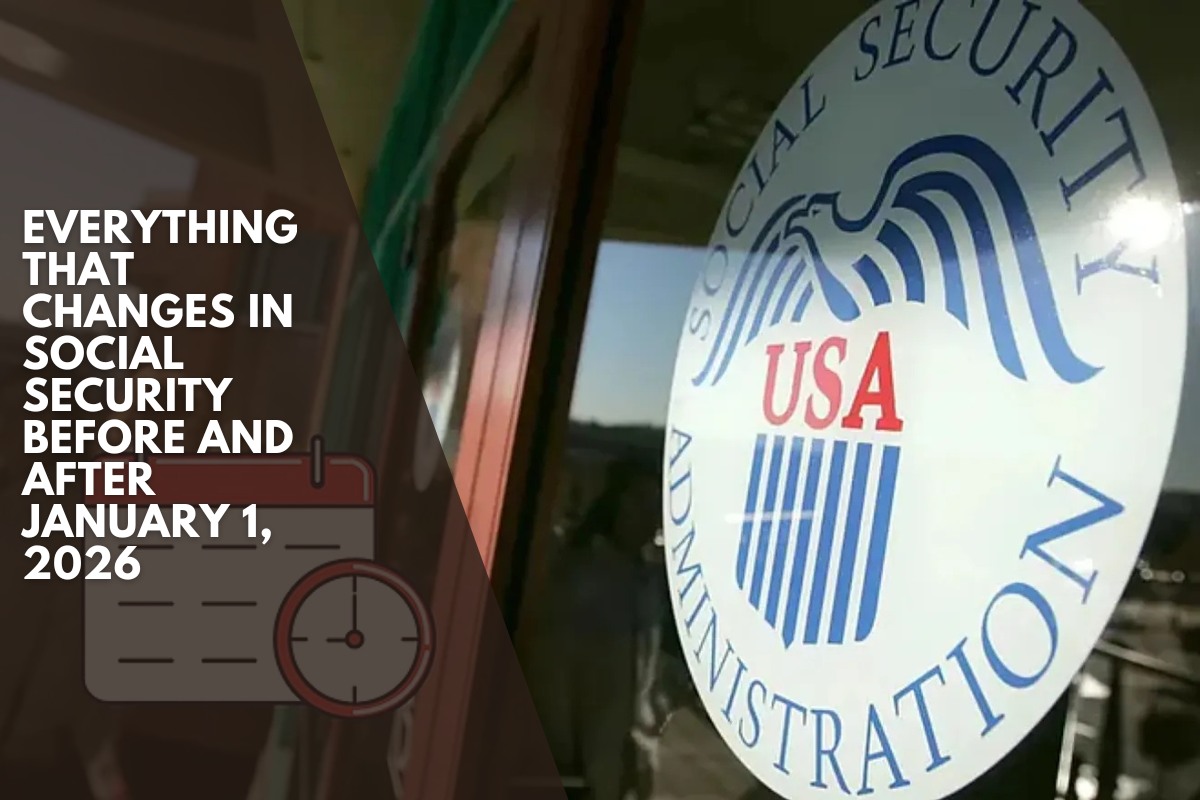Social Security is a vital support system for millions of Americans, especially for older adults who have retired from work. But recent news has raised serious concerns. If no changes are made soon, retirees could see their monthly Social Security payments reduced by up to $1,375 by the year 2033.
This possible cut would deeply affect the daily lives of many people who rely on these benefits for basic needs. In this article, we’ll explain why this is happening, what might be done to fix it, and how retirees can get ready.
Why Are Social Security Benefits at Risk?
The Social Security program was created in 1935 to help retired workers get financial support. It works like this: while people work, they pay taxes into the system. That money is then used to support current retirees. But now, this system is facing trouble due to several reasons.
Fewer Workers, More Retirees
The number of young workers is going down, while the number of retirees is growing. Fewer workers are paying into the system, but more people are collecting benefits. This imbalance is making it hard for Social Security to stay strong.
People Are Living Longer
Thanks to better healthcare, people are living longer than before. This means they receive Social Security payments for many more years, which adds extra pressure on the system.
Trust Fund is Running Out
Social Security also has a trust fund that helps cover payments. However, by 2033, this fund is expected to run low. If nothing is done, the system will only be able to pay about 79% of what is promised. That’s where the $1,375 monthly cut comes in.
What Will the Cuts Look Like?
If the trust fund dries up and no changes are made, Social Security benefits could be cut by around 21%. A couple currently receiving about $6,550 monthly may lose $1,375 per month, which adds up to $16,500 per year. Individuals might lose $1,033 monthly, a major hit to anyone relying on these payments to pay for rent, food, or medicine.
Can These Cuts Be Avoided?
There are a few ways the government could try to avoid the cuts. But all of them involve hard choices.
Raising the Retirement Age
One idea is to increase the age when people can start collecting Social Security. If people wait longer to get benefits, the system gets more time to save money.
Raising Taxes
Another option is to raise Social Security taxes on workers and employers. This would bring in more money, but many people may not support it.
Changing Eligibility
The rules for who qualifies for Social Security might also be changed. For example, increasing the number of work credits needed would make it harder for some people to receive benefits.
How Retirees Can Prepare Now
Even though we don’t know exactly what will happen, it’s wise for retirees to plan ahead.
Review Your Finances
Start by checking your budget and planning for how you would manage with less income. You might need to cut expenses or consider cheaper living options.
Delay Retirement
If possible, delay claiming Social Security. Waiting until age 70 can give you larger monthly payments.
Look for Extra Income
Consider part-time work, freelancing, or other ways to earn extra money. Even a small income can make a big difference.
Stay Updated
Follow government updates and Social Security news. Knowing what changes are coming will help you prepare in time.












